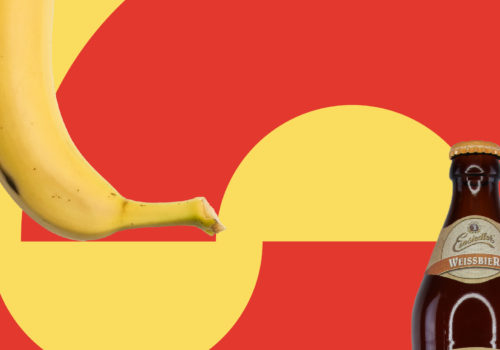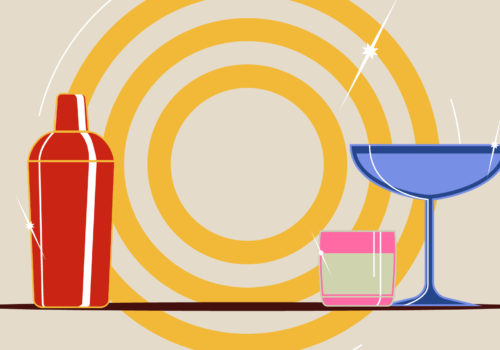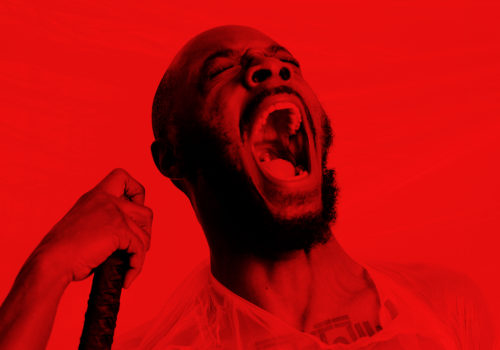The rise, fall, and rebellion of Irish Whiskey
Words: Shamim de Brún
Images: Unsplash
In the 1960’s Irish whiskey almost died. Now it’s only a matter of time before it overtakes Scotch.
We all have a whiskey mate now. If not a whole football team full of them. Like the Rocky of the spirits industry, Irish whiskey came from the brink of destruction to become the champ. And everyone hopped on board that underdogs train.
These days Irish whiskey is at the centre of the world stage. It’s the fastest-growing spirit globally, and sales are expected to keep on increasing by so much it’s poised to overtake Scotch as the most sold spirit in America.
It did have its ‘Golden Age’
Back in the second half of the 19th century, Irish whiskey was the top whiskey category in the world. And production peaked at an estimated 12 million cases from 88 licensed distilleries. During this ‘golden age’, whiskey was a thriving business employing hundreds of people in the golden triangle alone. The golden triangle was what we now call The Liberties. Back then, it was a global powerhouse, where brands like Jameson, Powers and George Roe (for which Roe & Co is named) were initially located.
The missed opportunity to adopt the Irish invented column still, prohibition in the United States and our own War of Independence amounted to a series of unfortunate events that systematically dismantled the Irish whiskey industry in the 1900s. Slowly Irish whiskey distilleries started to close. Then, suddenly, there were only four distilleries left in the whole of Ireland, and they were all floundering.
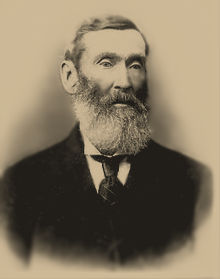
So all the lads, because they were most definitely men at the time, got together in what is described as a “pivotal” meeting. The OG Jameson, Powers and Murphy families gathered in Tourin house in 1966 and founded Irish Distillers. They were able to close financially draining realestate and consolidate into two profitable distilleries; Midleton and Bushmills. These were the only two distilleries left in 1975. This merger probably saved Irish whiskey from extinction. Midleton and Bushmills were eventually joined in 1987 by the Cooley Distillery and then by the Kilbeggan Distillery in 2007.
The cash injection
In the late seventies, Irish Distillers was bought by French drinks Giant Pernod Richard. This is probably the single biggest reason for the rebirth of Irish whiskey. Because with this takeover came a massive ingestion of cash dollah. The new French overlords focused most of their marketing strategy on Jameson. Rumour has it Jameson was chosen because it was in a green bottle. With the colour green already being stereotyped as Ireland’s colour, it made it easy to get Irish Americans to back the brand.

The iconic brand was transformed into a more approachable whiskey by blending with column spirit to ensnare new customers. Coming up with a product that was easy to drink, smooth, and iconically Irish was a stroke of genius. What they did was offer an accessible counterpart to the more challenging Scotch whiskies, especially for younger or inexperienced drinkers. As a result, Jameson became syonomous with the craic of an Irish pub. To this day, Jameson is an easily mixable product, far from complexity and ‘seriousness’ that then and even still is associated with Scotch. This roundabout way triggered the revival because it is undeniable that interest in Irish whiskey has been ‘revived’ in the decades since.
The Revival
Whiskey went from an old man’s drink to the must collect thing somewhere around 2012. Or at least it started in 2012 with the selling of Cooley Distillery and the founding of Teelings spawning the ‘resurgence’ or ‘revival’ of the industry. The Teelings emblem of a phoenix rising is an apt summation of this era of revival. It not only symbolizes the rebirth of Teelings as a distillery but emphasizes the ‘rebirth’ of the industry as a whole.
2012 also saw the founding of Pearce Lyons whiskey. In the same year, Powers upgraded by adding two single Pot still whiskeys; Powers John’s Lane (a whiskey that slaps every. Single. Time) and Powers Signature Release. Paddy also released a single pot still whiskey in 2013 to celebrate the brand’s centenary.

In 1988 Jameson sold less than half a million cases worldwide; by 2012, this number had increased eightfold to reach four million cases. The rapid and consistent growth meant whiskey had gone beyond this rebirth stage. It’s this time of strength and growth that kicked off the renaissance.
The Renaissance
Like the Italian Renaissance, our whiskey was spurred on by establishing what was lost in the dark ages. Old brands that had died were reinvigorated. Not just by big wigs like IDL but by smaller indie producers such as Belfast’s Dunvilles and Echlinville Distillery.
What best encapsulates the renaissance era is one specific whiskey style—Single Pot Still(SPS). Considered by many as the quintessential Irish whiskey. SPS whiskey offers a complex and exciting alternative to Scotch single malt. It also testifies of solid expertise and craftsmanship among Irish distillers. In addition, legacy SPS such as Redbreast and Green Spot helped bring back the respectability some say was lost by the marketing Irish whiskey as smooth and approachable.
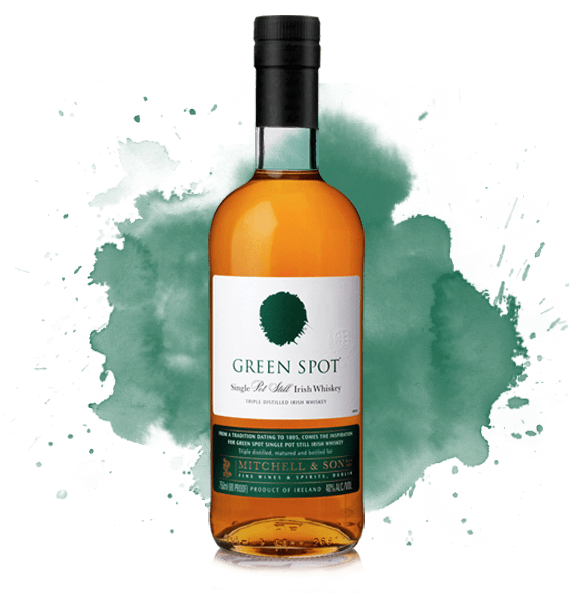
These brands percolated through the routes to market Jameson built and converted the casual scotch drinkers into die-hard Irish whiskey super stans. Whiskey culbs started to appear on the scene. Customers started seeking out new diverse whiskeys and finding they liked them!
On top of that, new craft distillers appeared all over the country. Everyone seemed to be the first new distillery to do something. The hype and excitement were undeniable as newly christened whiskey aficionados counted down to the first release of whiskey from the likes of Dingle Distillery. The demand was unpredictable and relentless. A community sprung up and was fortified by the internet. This was a joyful time when new collectors appeared, and a frenzy evolved into a globally sustainable and expanding business. It was just a good time for all involved.

The Rebellion
But the era of the renaissance has been ending. Or, more accurately, transitioning into a period of rebellion. Over the past five-ish years, there has been more wild experimentation across the board. A thirst to prove Irish whiskey is more than just 2010 Jameson’s ‘easy going’ marketing campaign has taken hold. In it Jameson drinkers are depicted as easy-going people devoid of serious-mindedness and complexity.
Irish producers have been conducting daring experiments with their products because our technical file allows it. We are not confined to Oak. We can make whiskey with any wood we god damn like. And so we have!
Even Jameson has experimented with unusual finishes. ‘Jameson Caskmates’ is a twist on their standard, where the juice is finished in Jameson barrels that also aged a craft stout or an IPA. Method & Madness is the most prominent example of this. Irish Distillers Micro Distillery has released a Hungarian Oak, Cherry Wood, and even a Chestnut Cask to varying degrees of success.

The rebellion continues to be fired by industry disrupters all over the country. We are pumping out increasingly diverse expressions as we approach forty active distilleries across the country. Waterford Distillery has created a farm to glass single malt that hits different by always sitting at fifty per cent abv and not the historically common forty. Killowen Distillery has done a series of sold-out once-off single barrels in fifty cl bottles that have gained them a cult following.
The rallying cry
Hashtag followers on Whiskey Twitter have created a market for stronger and stronger whiskey with #CaskStrengthCrusade devotees meaning that Redbreast now has a permanent cask strength offering available.
But by and large, the most significant contemporary rebellion against tradition is the quest to get the SPS tech file amended. Currently, to be an SPS, you need to make whiskey from a wash of malted and unmalted grain with up to five per cent other grains. This last section relating to the “up to five per cent other grains” is what the distillers of Ireland are rallying against. Peter Mulryan of Blackwater Distillery has been the most vocal opponent penning letters and advocating for change on social media. But the biggest fuck you to the tech file comes from the distillers who make non GI compliant pot still style whiskeys.

Top Dogs
If my gut is correct, we will see more and more of this till the restrictions honour the vibrant diversity of what Irish whiskey can and will be. But, we are forever the rebels, and we will continue to subvert expectations and requirements as we make wilder and weirder whiskeys.
Maybe now we can stop talking about the revival, revolution, renaissance. Perhaps it has been going on for so long this can be what it is. We will not be the underdog when we undoubtedly surpass Scotch in America. Instead, we will be the top dog. We will become the people to beat. However, many will say we already are.
